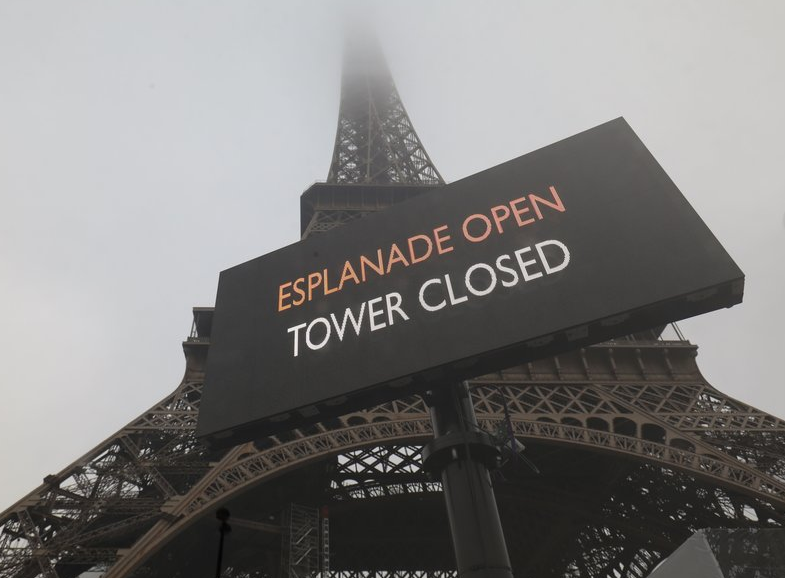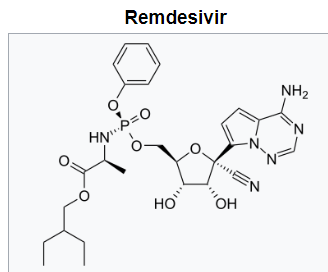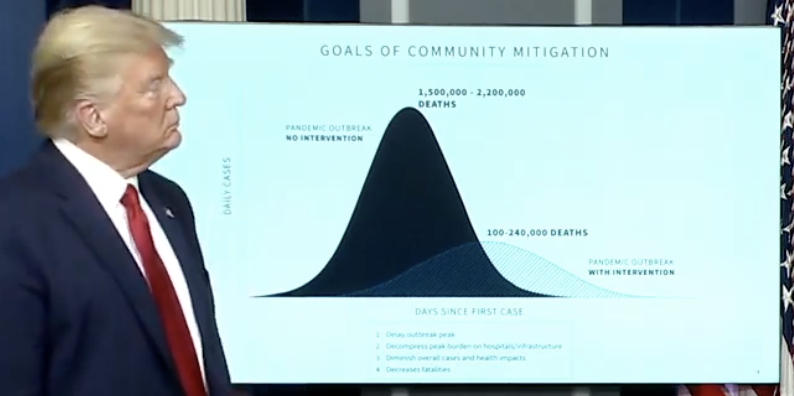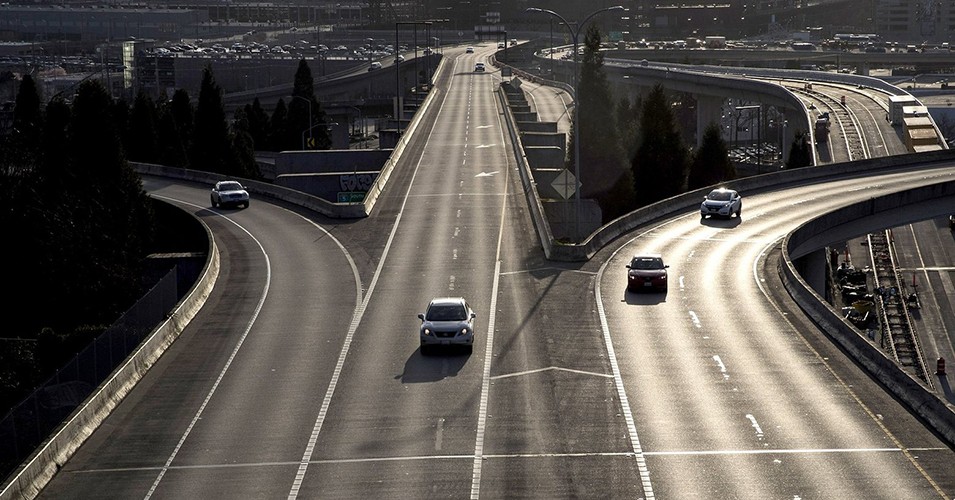The last 4 of 5 days have been to the upside for the major indices
The major indices are closing with solid gains on the day. The NASDAQ index closed at the highest level since February 21. Facebook and Amazon closed at record high levels. The S&P index is closing higher but after trading above its 100 day moving average at 2975.37, the pair has rotated lower and will close below its 100 day moving average at 2971.61. So that is a bit of a disappointment
- The S&P rose 48.67 points or 1.67% to 2971.61. The high reached 2980.29. The low extended to 2953.63.
- The NASDAQ index rose by 190.67 points or 2.08% to 9375.77. The high price extended to 9392.816. The low price fell 29304.199
- The Dow industrial average rose by 369.04 points or 1.52% to 24575.90. The high price extended to 24649.48. The low fell to 24455.94
- Twitter, +7.83%
- Alcoa, +7.88%
- Deutsche Bank, +6.23%
- Facebook, +6.04%
- Wynn Resorts +5.88%
- Slack, plus a 5.7%
- Southwest air, +5.27%
- United Airlines, +5.24%
- Disney, +4.86%
- Intel, +4.69%
- Morgan Stanley, +4.4%
- Lockheed Martin, -2.46%
- Northrop Grumman, -1.94%
- Chewy, -1.62%
- J&J, -0.9%
- Merck and Company, -0.86%
- United health, -0.42%
- Verizon, -0.22%
- Pfizer, -0.13%
- Home Depot, -0.03%





